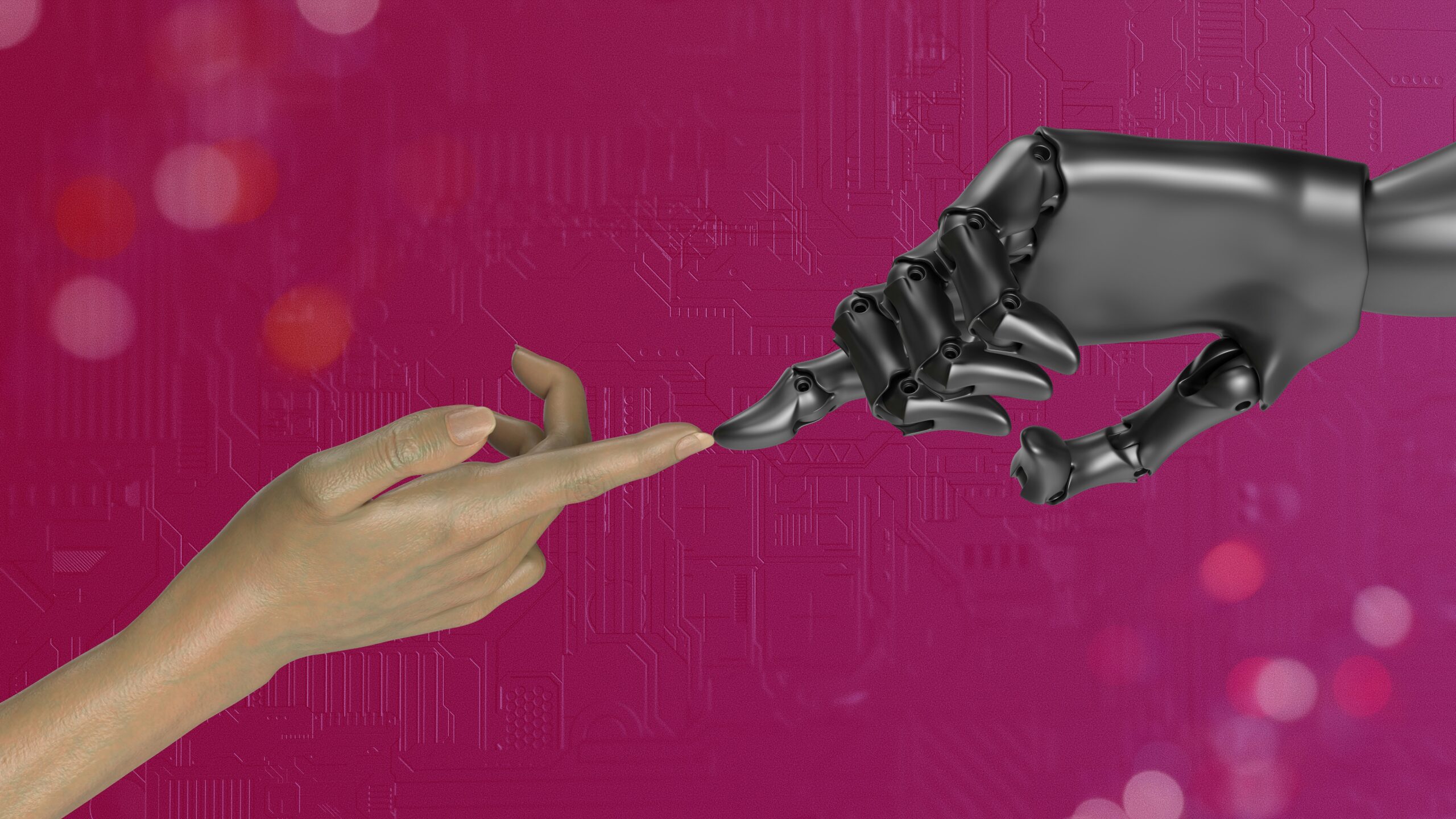The history of Artificial Intelligence is rich and fascinating, spanning more than seven decades of research, innovation and progress. From early theoretical ideas to modern deep learning technologies, the history of artificial intelligence has always pushed us beyond the boundaries of technology and thought.
In this first part, we explore the main stages in the history of artificial intelligence from the 1940s to the 1980s.
The beginnings (1940-1950)
We find the roots of the history of artificial intelligence in the 1940s and 1950s. In this era, the first scientists began to explore the once-revolutionary idea that machines could think just like humans do, including Alan Turing and John Von Neumann.
Alan Turing
The famous Turing Test, which represented the criterion for determining whether a machine can exhibit intelligence indistinguishable from that of a human being, takes its name from Alan Turing. The Turing test, published in his famous article “Computer and Machinery Intelligence” is still a milestone in the field of artificial intelligence. A very interesting film on this theme is “Ex-Machina”.
John Von Neumann
Von Neumann was a Hungarian-American mathematician and scientist whose work had a significant impact on computer science, economics, social sciences, and artificial intelligence. Von Neumann, in fact, contributed significantly to the development of computer architecture, with his “Von Neumann Architecture” model, which defines the logical structure of modern computers. Furthermore, his studies in the social sciences have helped provide the theoretical foundations for artificial intelligence in the field of decision-making and optimization algorithms, as well as laying the foundations for programming and automatic calculation.
The sunrise (1956-74)
In the history of artificial intelligence, the term “Artificial Intelligence” appears only in 1956 when, during the Dartmouth conference, it was decided to designate this branch of study in this way. This date is also considered the official birth of AI as a research field. it is in this period that we see the development of the first AI programs.
Dartmouth Conference
The conference, organized by John McCarthy, Marvin Minsky, Nathaniel Rochester and Claude Shannon, brought together all the AI pioneers for a sort of round table that resulted in the development of the first artificial intelligence programs.
LISP and early programs
McCarthy developed the LISP (LISt Processing) programming language in 1958, which has been the primary language for AI research ever since. Known for its flexibility and power in manipulating symbolic data and complex structures such as trees and graphs, Lisp is characterized by its unique syntax based on parenthetical expressions, where the code is written as a series of nested lists, which facilitates the implementation of complex algorithms and dynamic data manipulation. The first problem-solving programs were also created in this period, for example the Logic Theorist by Allen Newell and Herbert Simon, which solves complex mathematical problems.
The First Winter (1974-80)
Despite the first successes, artificial intelligence, in its history, encountered various difficulties in the 1970s, which are grouped together under the name of “First winter of artificial intelligence”. An era of discussion, in which unrealistic expectations and the lack of concrete progress have led to a reduction in efforts, both economic and intellectual, in research on artificial intelligence.
Challenges
AI programs of the period were severely limited by computing capacity and lack of data. In fact, the computing capacity of the computers of the time was insufficient to support complex algorithms, and the lack of adequate data made it difficult to train useful models. neural networks, which were then able to offer more effective solutions, were still in their infancy and, therefore, not well understood, as well as being viewed with skepticism due to their ineffectiveness demonstrated at that time.
Conclusion
As we have seen, the first part of the history of artificial intelligence was characterized as much by enthusiasm and optimism as by disillusionment and challenges. These first stages, however, laid the foundations for subsequent research and developments, starting from the rebirth of the 1980s.


